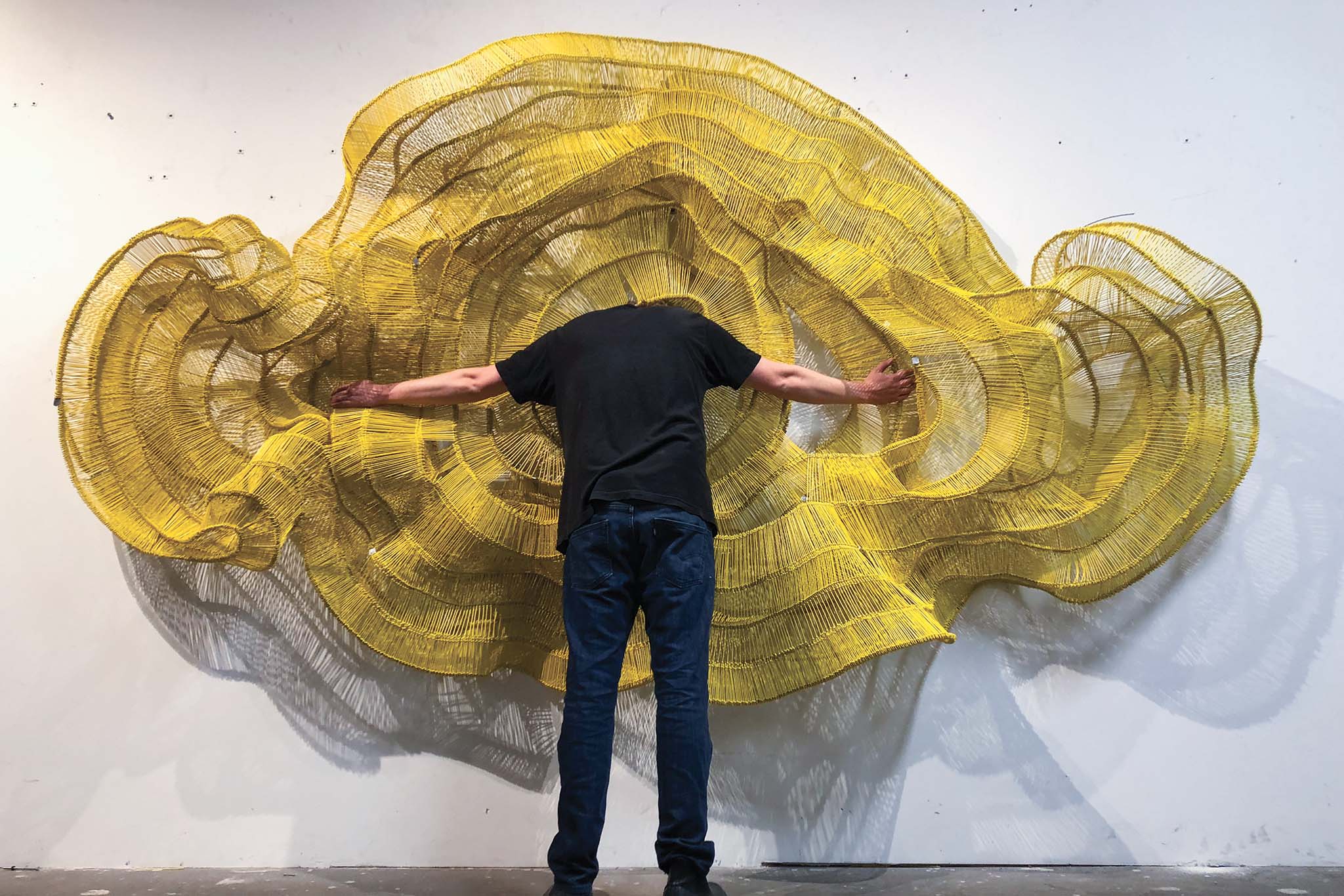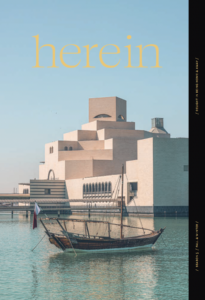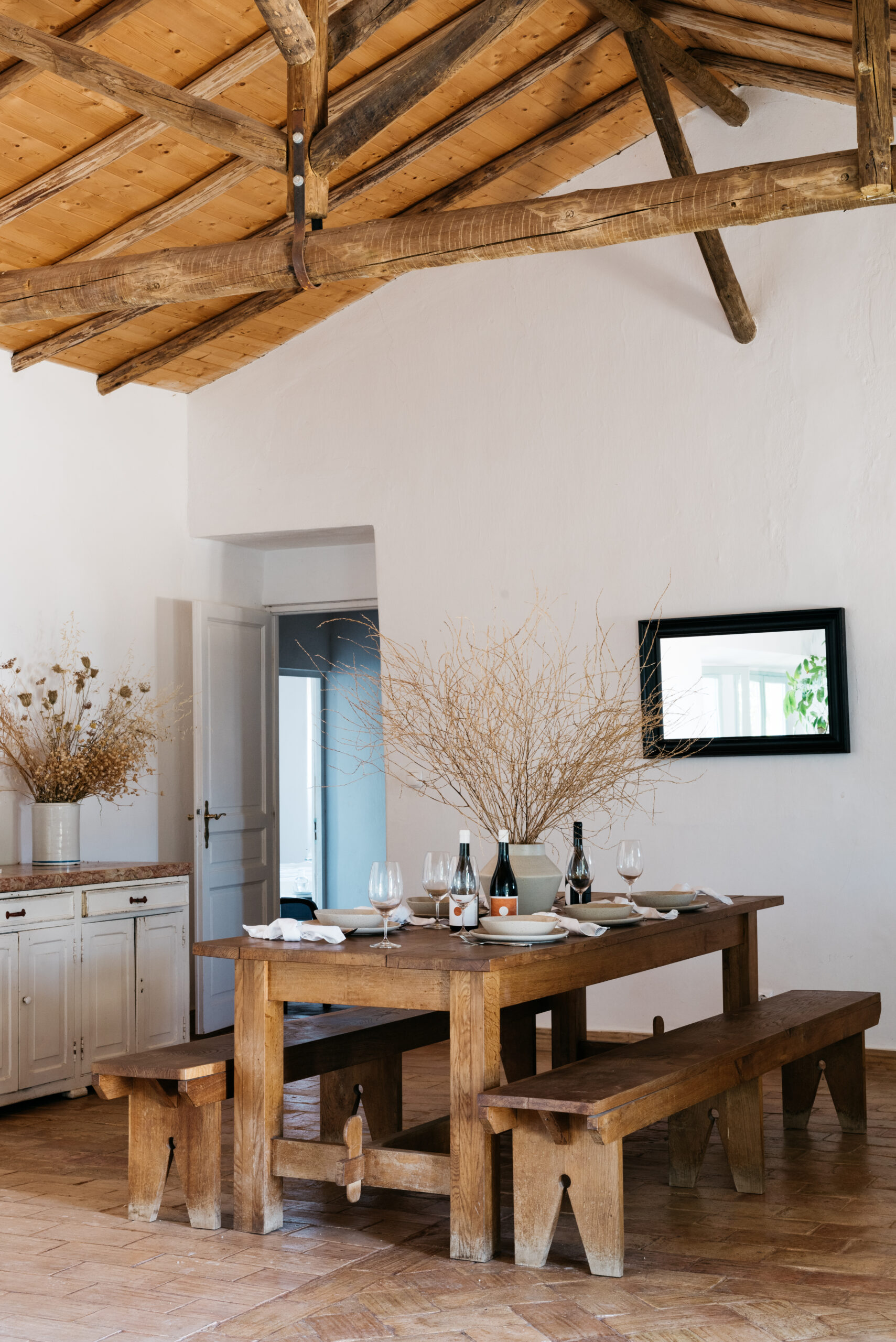By Josh Terry

Eric Gushee is sitting in his studio on Chicago’s west side and behind him is a striking, gray cloudlike structure that wraps around the corner of his gallery’s wall. It’s an in-progress piece from his Exhalation Series, made of untwisted and interlocked aircraft cable that’s reclaimed and repurposed from his previous work as one of the city’s most in-demand sculptors. These nebulous, time-intensive, and large-scale installations are always one-of-a-kind and are a reflection of the artist’s playfulness. He thrives on turning familiar, everyday material into something spectacular and mysterious all while never masking its original purpose.
“I’ve always said the perfect client for me is somebody that’s willing to trust me and allow me to really do what I do,” he says. “I love it whenever someone just tells me to go crazy. When I’m given that kind of freedom, that’s when I have my best work.”
He’s been working on this particular piece for the past three months all while juggling several other projects for clients around the country. For the past decade, Gushee has done commissions for residential and commercial properties using conventional fiber, weaving, and textile techniques for unconventional but organic pieces that wholly refresh spaces. To name just a few disparate locations, a rustic mountain getaway in Jackson Hole, Wyoming, a modernist architectural paradise in Big Sur, California, and a luxury boutique hotel in Phoenix have all been transformed by his work.
“I’m obsessed with fiber art, but I’m just kind of a terrible fiber artist at heart when it comes to knitting or crocheting or doing those kinds of things,” laughs Gushee. “I’m more really interested in the process of fiber art: extrapolating that process and reimagining it in my own way.”
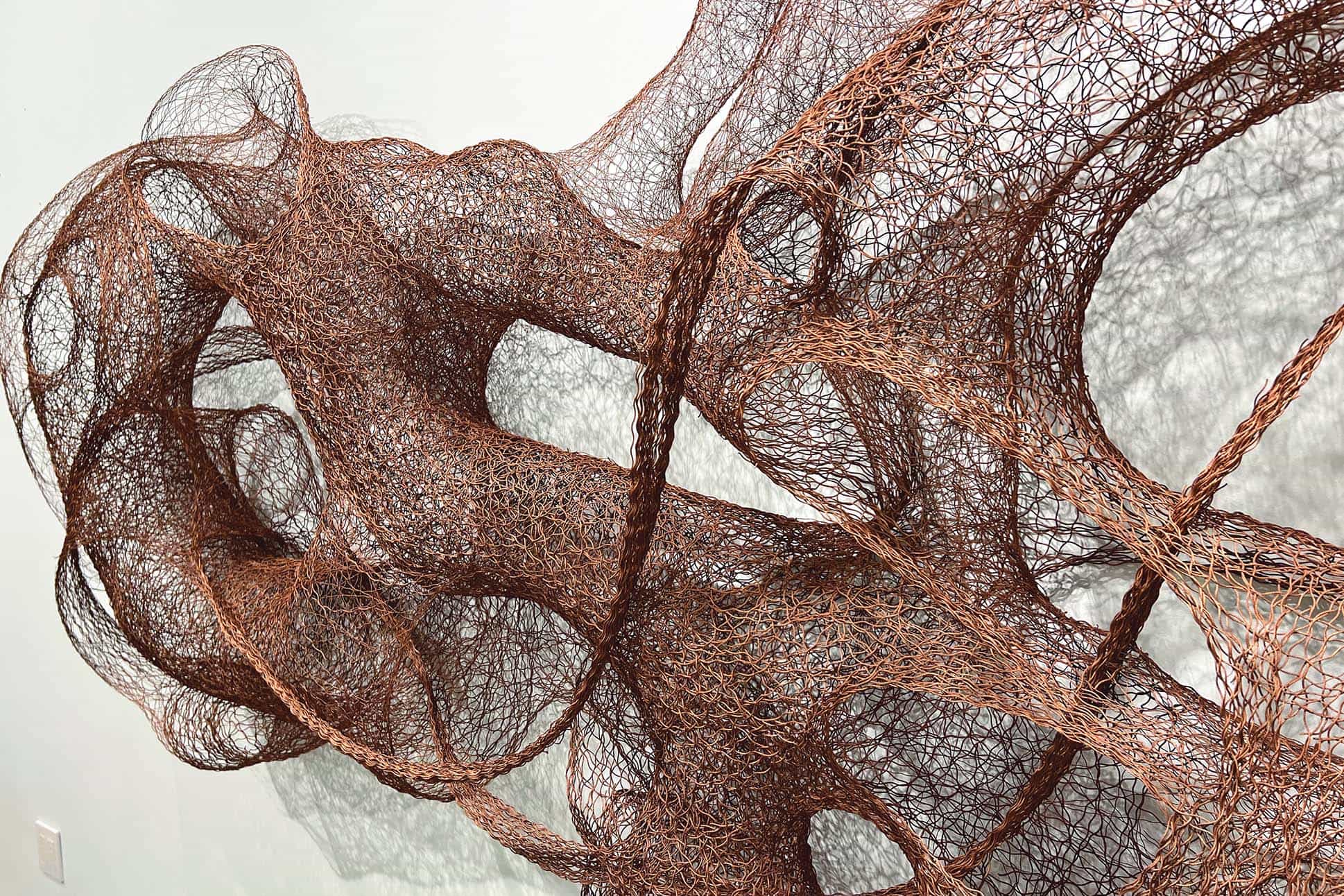
Raised in New York City by actor parents, Gushee was surrounded by artists for most of his childhood. “When I was growing up, a lot of my friends were potters and artists who just roughed it in warehouses,” he says while crediting his parents for sparking his creativity. He attended Marlboro College in Vermont to study creative writing but an art installation class he took reoriented his perspective. “With the installation class, it was the ability to work in space that inspired me: the limitlessness of it all,” he says. “Using your work to engage and reflect with the environment it’s in is something really appealing to me. Spending time making something huge but then it’s got to come down gave me the ability to not be precious about the work.” Fully invested in making art, he attended the School of the Art Institute in Chicago, graduating in 2010.
Living where you work gives you a real backbone and forces you to wake up every day and think
In Chicago, Gushee found his niche and his community, noticing immediately it was a place he could actually have space. “This is a city that still had industrial buildings everywhere where you can find these surprisingly cheap, large spaces. For my work, that’s what I needed.” Along with five other local artists, he moved into a 6000 sq ft barrel truss structure in the city’s Logan Square neighborhood and converted it into a live-work space. That do-it-yourself ethos has carried over into his career even as he moved into more traditional studios and grew a base of higher-end clients, especially in his reliance on recycled and reclaimed materials as well as his scrappy and resourceful work ethic. “Living where you work gives you a real backbone and forces you to wake up every day and think, ‘Okay, I’m living in this awful environment to help and to sacrifice for my career to move forward,’” he says before joking “It was very important but I don’t want to do it again.”
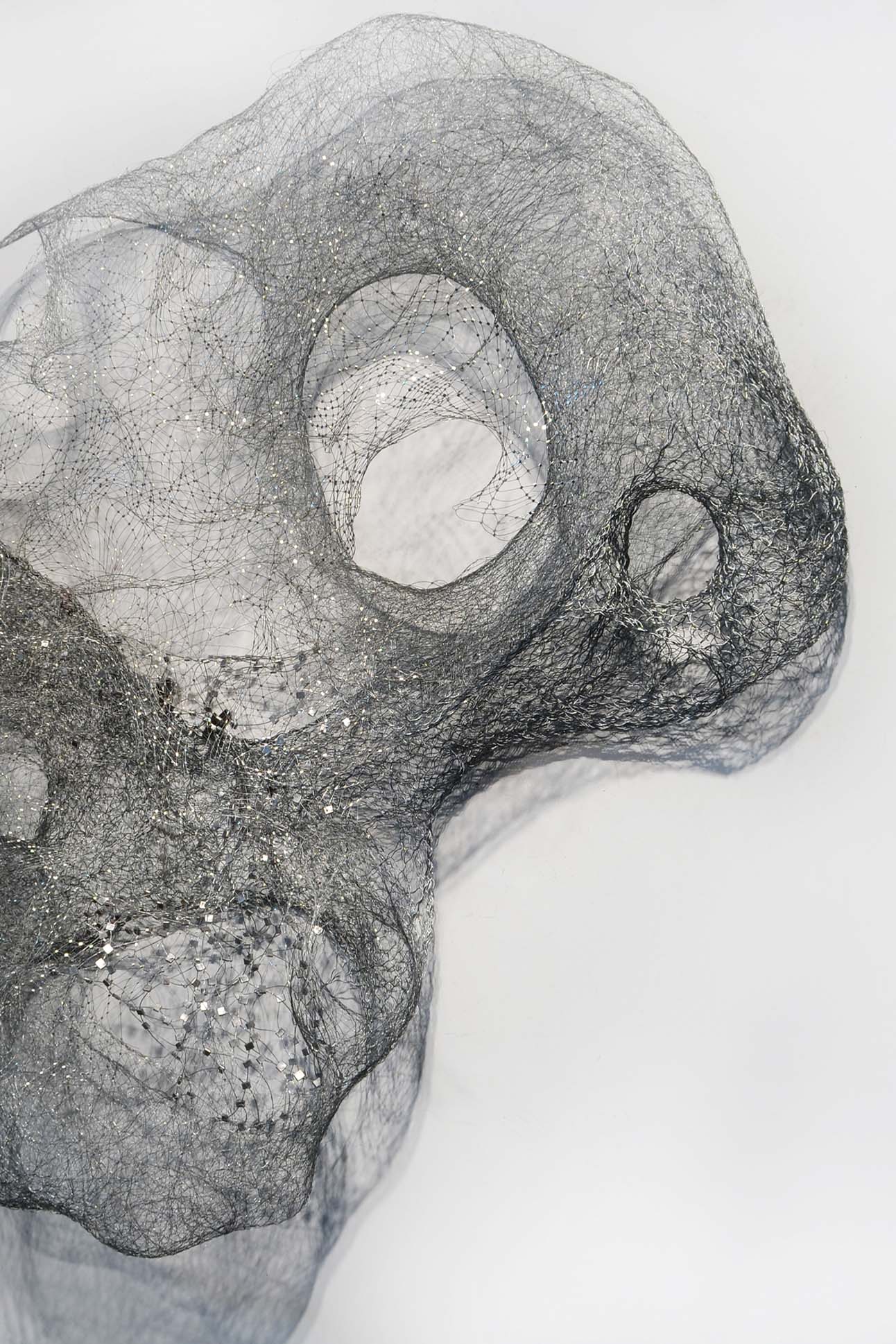
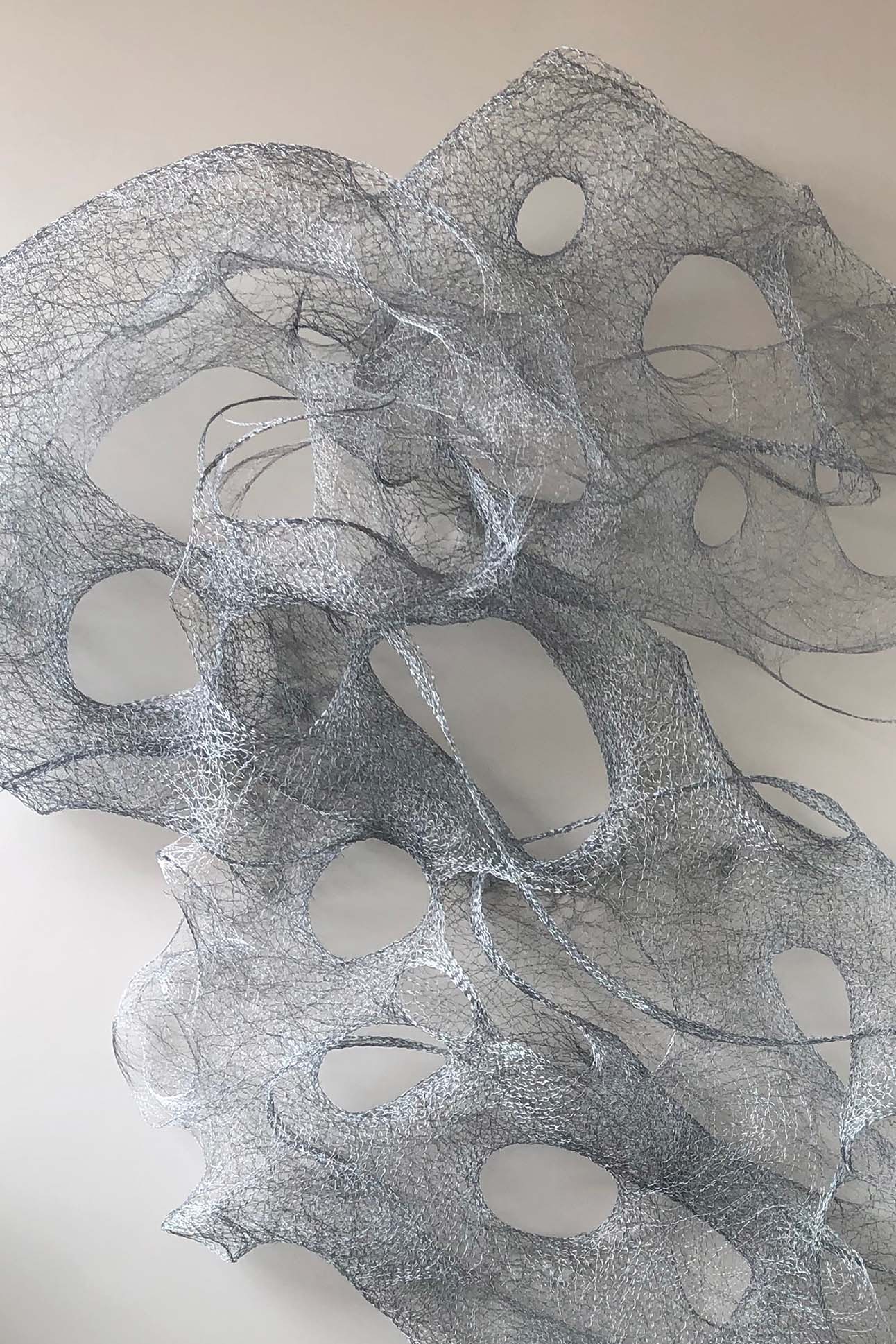
Around this time, Gushee was also working at a local foundry called West Supply which created high-end custom bronze furniture for Holly Hunt and had his early work shown at an artisan showcase. These pieces, which later became his signature Emergence Series, were wires and rebar ties painstakingly fashioned into mesmerizing and layered circular shapes. “Luckily enough, somebody, saw the piece, and bought it,” says Gushee. “I got a phone call a week later where they asked me, “can we get eight of them?” Shortly thereafter, I quit my job and focused on that full-time.” As his work became more in demand among interior designers, gallery owners, and more in Chicago and elsewhere, he started his Exhalation Series using recycled materials from his Emergence pieces. “I like to recycle and I like to keep a mostly self-sustained practice,” says Gushee.
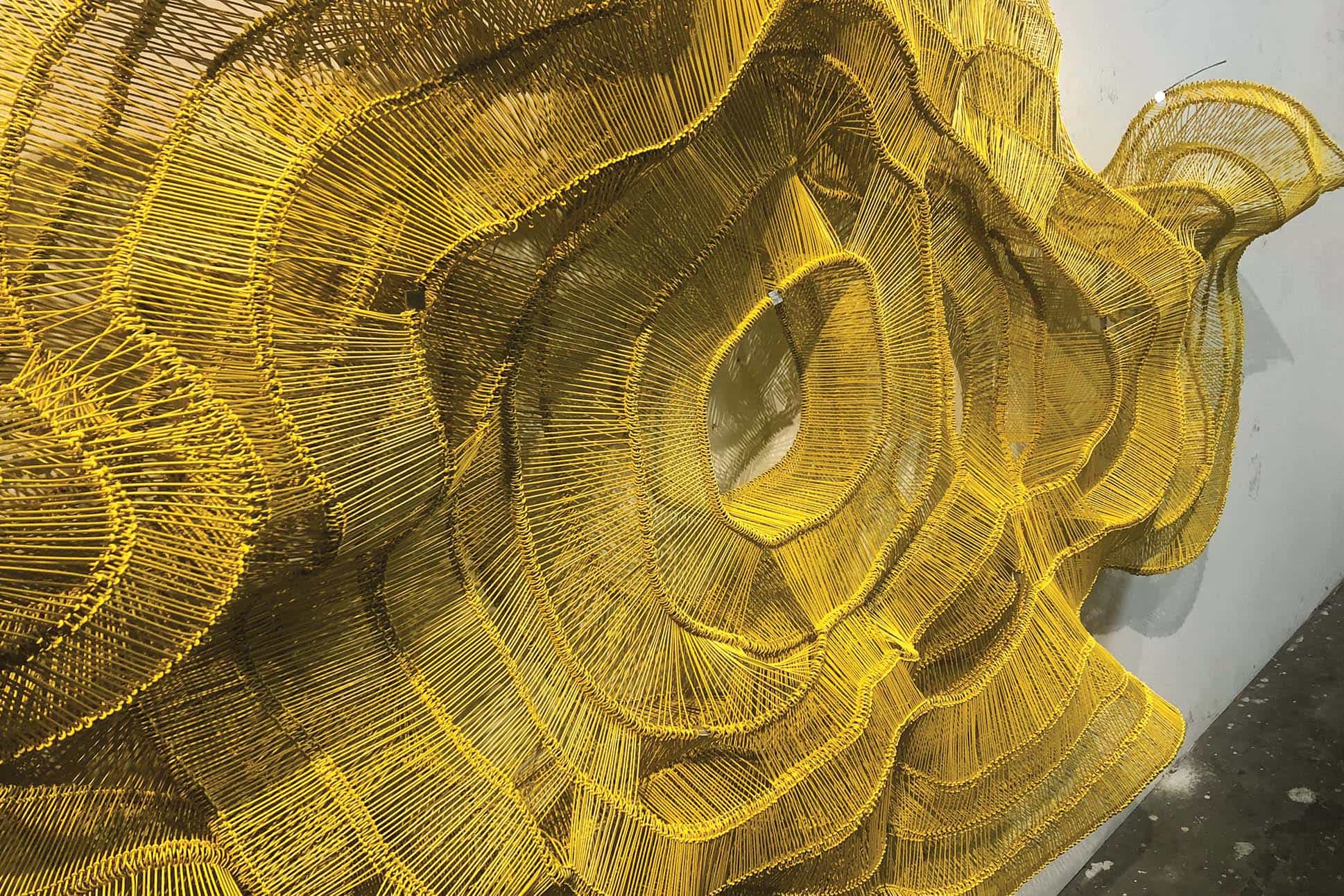
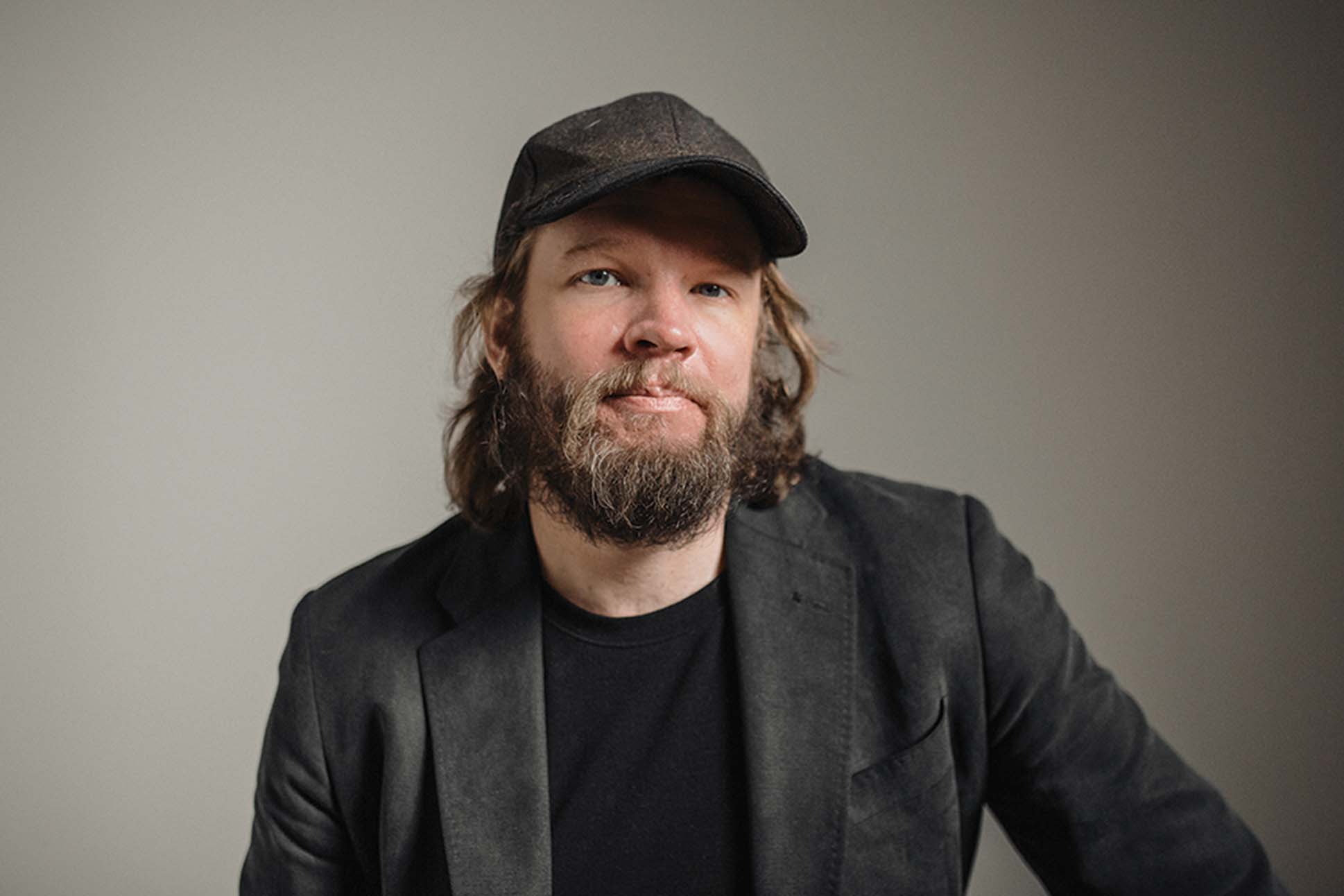
Over the past decade, both the Emergence Series and the Exhalation Series have become Gushee’s signature works but now he’s focused on expanding his catalog and finding inspiration in even more unexpected places. Enter Labors Lost, his latest series which serves as an investigation and memorial to craft workers and textile artists who have been forgotten. Inspired by his time perusing thrift stores and discovering magnificent but discarded handwoven items. “What I do is I take those fabrics, sometimes they’re also materials like backpack strapping from a factory that went out of business or recycled fishing nets and I arrange them and cover them in plastic, and then just kind of create these complex patterns,” he says. “Some of them are kind of like paintings, some of them are more sculptural but there’s a real focus on trying to preserve what once was and what these people once did.”
Like the awe-inspiring structures Gushee creates, his process-first and patient approach has paid off in his career. He now has two assistants who help him juggle the multitude of commissions. In late 2022, he opened a gallery called Artruss in Chicago’s Hermosa neighborhood with real estate entrepreneur Catherine Caravette and artist Salvatore Dominguez, who also once lived at that live-work space with Gushee over a decade prior. But for all the growth and opportunities, Gushee still wants to take his sweet time.
“My process has helped me as a person, especially in terms of being patient with others and being patient in a field that especially requires a lot of it,” says Gushee. “If I had it my way, a piece would never be done.”

